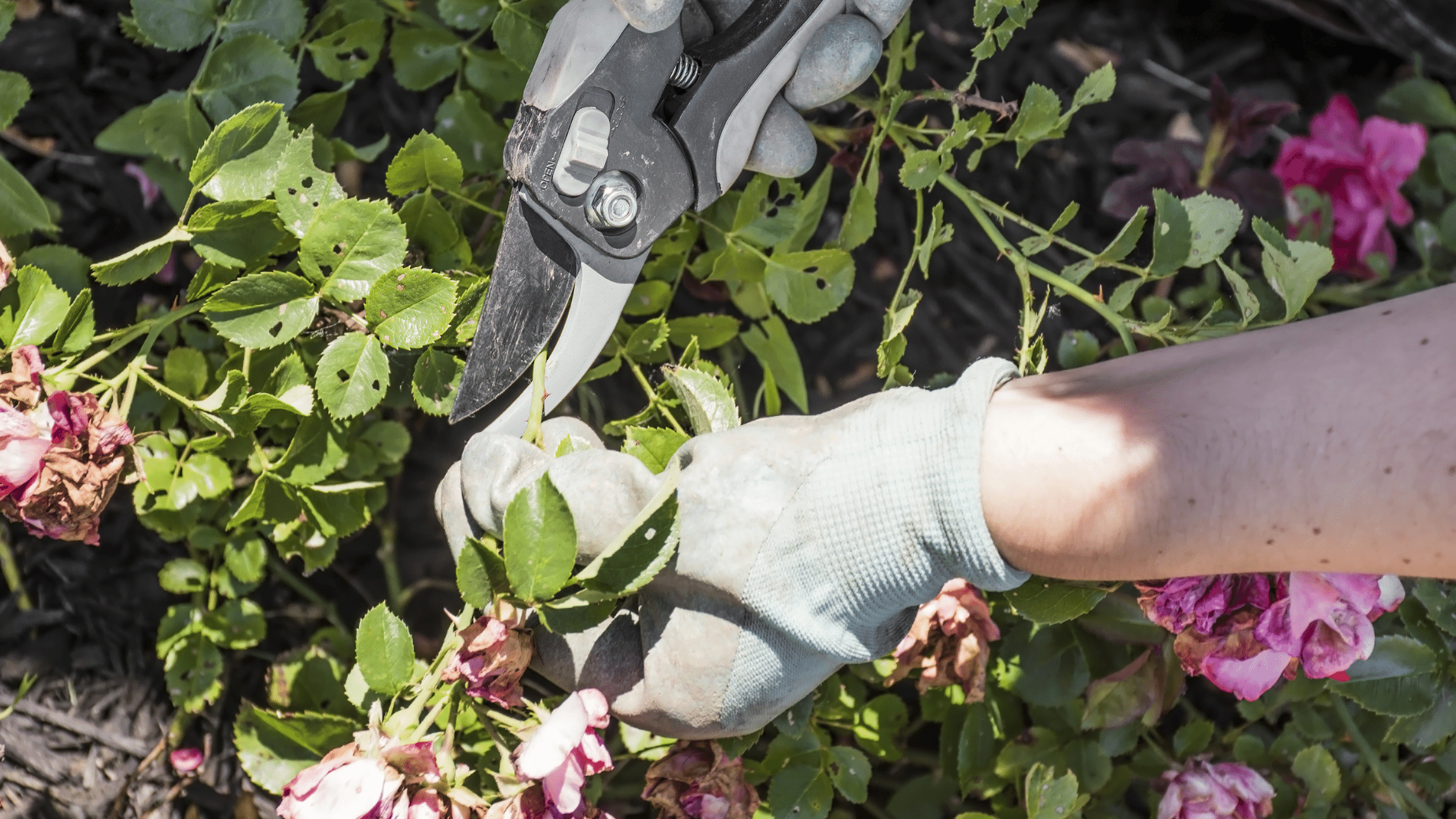By definition, a perennial is a plant that lives for more than two years. While some trees and shrubs are technically perennials, the terms is often used to describe flowers and other garden plants that fall dormant in the winter and bloom again in the spring.
You need to cut back perennials in Wilmington NC for both health and aesthetic reasons. From a health perspective, getting rid of dead or dying foliage on plants helps them live longer. This maintenance prevents fungal growth and bug infestations. As far as aesthetic goes, removing the dead and dying parts of the plant before it reblooms will leave it looking fresh and new.
Types of Perennials
There are a few different types of perennials you may find in your garden. Although they all fall into the same category by living more than two years, they are each quite different from each other.
Evergreens
Plants with foliage remaining green and functional through more than one growing season are known as evergreens. Plants retaining their foliage only in warm climates may fall into this category as well.
Deciduous
By definition, deciduous means “shedding it’s leaves annually”. When talking about trees and shrubs that seasonally shed leaves, usually in fall, the word can also mean “falling off at maturity” and “tending to fall off”. Perennials in this category may shed petals after flowering, or shed ripe fruit.
Monocarpic
These perennials flower, set seeds, and then die. Many succulents and cacti are examples of monocarpic. They live only one life.
Woody
Perennials with a hard, wood stem are Woodys. They produce wood as their structural tissue. In cold climates, woody plants further survive winter or dry season above ground.
Herbaceous
Quite the opposite of Woodys, these plants are vascular and have no wooded stems above ground. These are the type of perennials, like tulips, that seem to magically appear each spring as if they never left the garden.
What You Need to Cut Back Perennials
- Secateurs, hand pruners, or a pair of shears to cut away all the dead foliage.
- Soil knife in case you need to do some digging.
- Spray bottle with rubbing alcohol to sterilizer your tools. This helps to prevent the spread of disease and fungal infections.
- Large basket or wheelbarrow to transport the cutback perennial foliage.
When to Cut Back Perennials in Wilmington NC
The timeline is greatly dependent on the type of perennial. The common herbaceous perennials will benefit the most from autumn trimming. This will restore a ship-shaped garden in a couple of months. The woody plants usually don’t require a trim. Leaving the old flowerings on the stems helps the plant protect itself from cold weather.
Any infected or diseased plants should be cut out of your garden as well. Be cautious with your tools as not to spread the disease from dying plants to healthy ones.
Two Ways to Cut Back Perennial in Wilmington NC
First, is the light cut back, also known as deadheading. This is done multiple times a year by removing the lifeless flower heads before the seeds pop out. This will inspire further blooming.
Another way is the hard cut back or hard prune. This is done by severely cutting the main stems back. Typically, you will cut them back to 6 to 12 inches from the ground, or even all the way down to the ground, so the plant looks renewed when the foliage arises next year.
Perennials are a great investment into your landscape. Properly caring for them will bring life and beauty to your garden year after year. Reach out to Vinedresser Lawn and Landscape for help with cutting back your perennials in Wilmington NC so you can get the most out of your plants.


